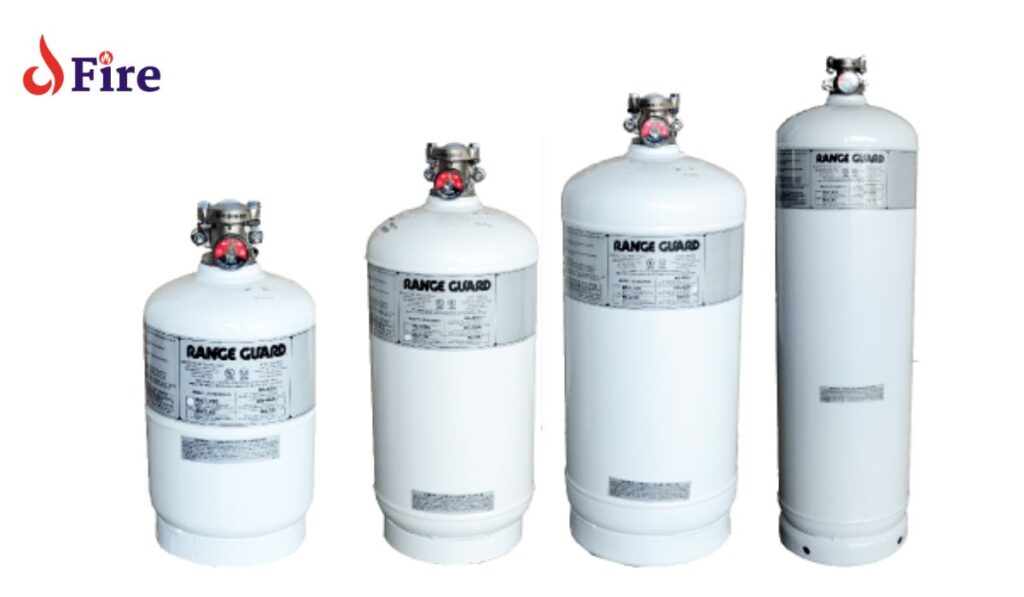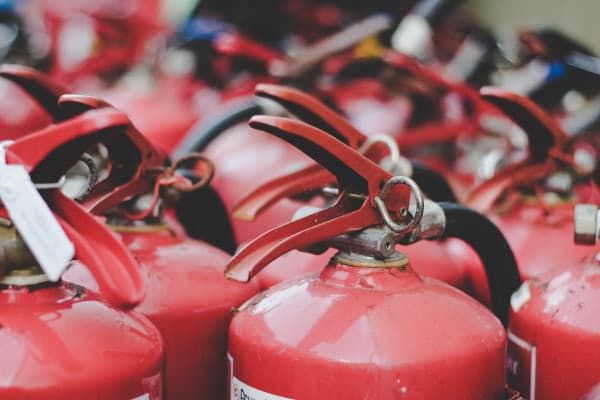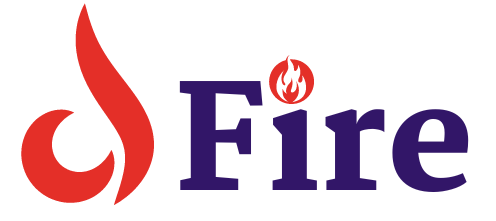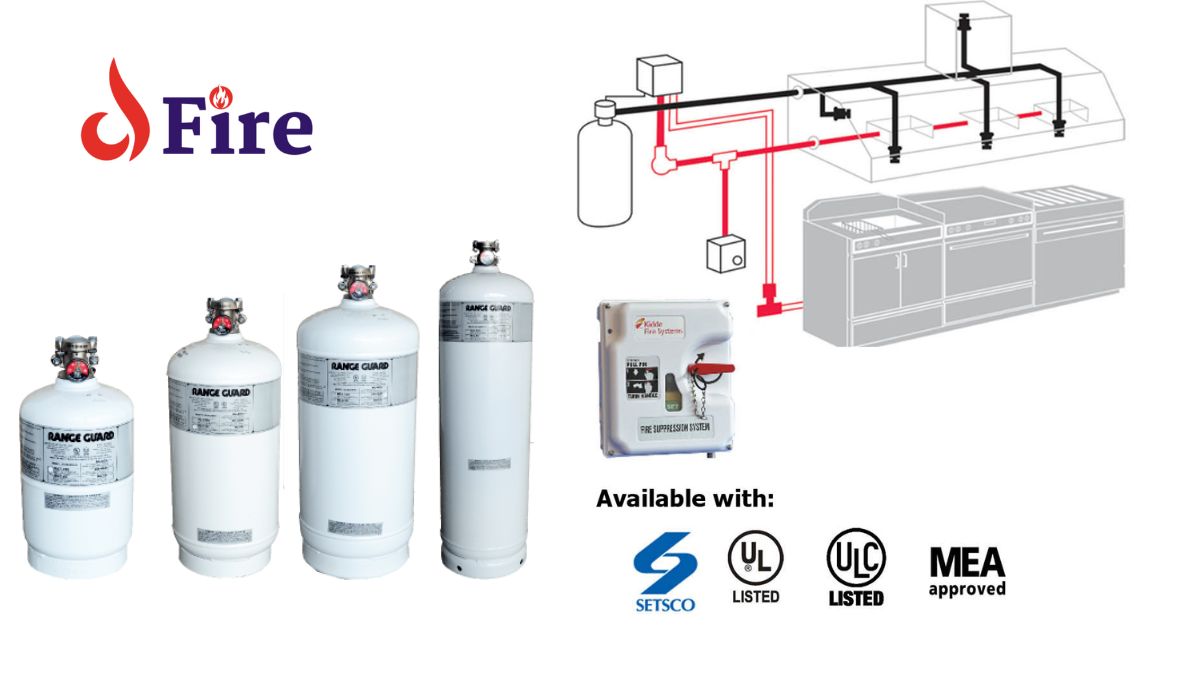The Range Guard Fire Suppression System is a specialized solution for kitchen fire protection. It deploys wet chemicals to extinguish fires quickly and effectively.
Protecting commercial kitchens from the devastating impact of fires, the Range Guard Fire Suppression System stands out as a key safeguard for restaurants, hotels, and other food service facilities. Engineered to respond to fires rapidly, the system targets grease, oils, and fats that are common in cooking processes.
With a design that integrates seamlessly into kitchen workspaces, it minimizes downtime and helps prevent fire-related injuries and property damage. The system’s reliance on wet chemical agents ensures fires are suppressed without causing harm to kitchen equipment or food, ensuring a safer work environment and facilitating immediate operations resumption post-incident.

Introduction To Range Guard Systems
Range Guard Fire Suppression Systems stand at the vanguard of kitchen safety.
These systems snuff out fires swiftly, keeping chefs and diners safe.
In commercial settings, Range Guard is a top choice for fire safety.
Origins Of Fire Suppression In Commercial Kitchens
The idea for fire suppression systems took shape years ago.
It aimed to protect spaces where fires commonly break out.
Kitchens, with their high heat and potential for grease fires, needed them most.
In commercial kitchens, the risk was higher.
Equipment runs longer, and the fire load is greater.
Hence, robust systems were developed. They stopped fires fast and kept damage low.
The Role Of Range Guard In Kitchen Safety
Range Guard Systems join the front lines in commercial kitchen safety.
They use a mix of chemicals, often stored as wet or dry agents, to kill flames.
Range Guard has revolutionized fire safety in commercial settings.
- Automatic detection and activation save crucial seconds.
- User-friendly models make maintenance easy.
- Their targeted approach puts out fires without ruining everything else.

Credit: blog.qrfs.com
Key Features Of Range Guard Systems
Range Guard Fire Suppression Systems are vital for commercial kitchens. They protect against fire hazards. They use advanced technology. They keep kitchens safe and compliant with fire safety regulations. Read on to explore the key features that make Range Guard Systems a top choice.
Wet Chemical Extinguishing Agents
Wet chemical agents put out kitchen fires fast. They are designed specifically for cooking fires. The agents cool hot surfaces and react chemically to suppress fire. They also prevent re-ignition. This makes them effective for grease and oil fires.
Automatic Activation During Emergencies
Range Guard systems detect fires immediately. They activate automatically when needed. This response is quick and does not wait for human intervention. It ensures that action is taken right away to minimize damage.
- Heat detectors sense fire
- Suppression system activates
- Kitchen operations can continue sooner after an incident
How Range Guard Systems Work
Understanding how Range Guard Fire Suppression Systems protect kitchens is crucial. These systems are designed to respond swiftly, reducing damage and ensuring safety. Let’s dive into their workings.
Detection And Activation Process
Range Guard Systems quickly detect heat. They use advanced thermal detectors. Here’s how they are triggered:
- Thermal links respond to temperature rise.
- Links activate the control panel.
- The control panel sounds alarms and cuts fuel supply.
- Fire suppression starts automatically.
Agent Distribution Techniques
The system releases chemicals to put out the fire. Here are the steps:
- Chemical tanks are connected to the control panel.
- Nozzles are placed above risk areas.
- Upon activation, fire suppressant is sprayed.
- This agent blankets cooking surfaces and appliances.
- It smothers the fire and cools the area quickly.
- Restaurants stay safe with minimal damage.
Comparing Range Guard To Other Systems
Fire safety in commercial kitchens requires specialized solutions. Among these solutions, the Range Guard Fire Suppression System stands out for its innovation and reliability. This comparison guide will spotlight how Range Guard measures against other fire safety options.
Differences From Traditional Fire Extinguishers
The Range Guard system diverges significantly from traditional fire extinguishers. Here’s how:
- Automated Response: Unlike manual extinguishers, Range Guard activates automatically upon detecting heat.
- Kitchen-Specific Design: Specifically engineered for kitchens, it suppresses fires with chemicals harmless to food and equipment.
- No Manual Intervention: It requires no human action, minimizing risk and ensuring rapid suppression.
Range Guard Vs. Other Automatic Systems
When stacked against other automatic systems, Range Guard holds its own:
| Feature | Range Guard | Other Systems |
|---|---|---|
| Activation | Heat detection | Smoke or heat detection |
| Suppression Agents | Chemicals safe for kitchens | Varies, not all kitchen-safe |
| Installation | Custom to kitchen specs | Often generic |
| Maintenance | Professional servicing required | Similar professional servicing |
| Operation | Completely automatic | Mostly automatic |
Installation Process
Installing a Range Guard Fire Suppression System is a critical step towards safeguarding your kitchen from potential fire hazards. Understanding the installation process can help ensure swift, accurate setup and compliance with safety regulations. It’s a technical task that involves several key stages from initial planning to professional fitting.
Initial Setup Requirements
The first step in the installation process is identifying the initial setup requirements. Careful consideration ensures effective coverage and operation of the Range Guard system:
- Assess the space: Measure and document the kitchen area.
- Select appropriate nozzles and placements: Ensure nozzles can adequately cover all risk areas.
- Check for electrical compatibility: The system needs proper electrical input.
- Prepare necessary tools: Gather all equipment for a seamless installation.
- Plan for downtime: Schedule installation during non-operational hours to avoid disruptions.
Professional Installation And Compliance
Professional installation guarantees that the system meets all codes and standards. Following these steps ensures compliance:
- Engage certified technicians: Only qualified installers should carry out the work.
- Follow local codes: Technicians will install according to regional fire safety requirements.
- Integrate with existing systems: The Range Guard system should work in sync with other fire safety measures.
- Test thoroughly: Run a series of tests to confirm full functionality.
- Secure permits and approvals: Obtain all necessary documentation for legal compliance.
During installation, the team takes precautions to protect all kitchen equipment. Finally, they provide training on system use and maintenance.

Credit: pyebarkerfs.com
Maintenance And Servicing
Maintenance and Servicing play a vital role in the performance of your Range Guard Fire Suppression System. Regular upkeep ensures your system is ready to extinguish fires when needed. Neglect could lead to malfunctions or failures.
Routine Checks And Refills
To extend the lifespan of your Range Guard System, routine checks and refills are crucial.
- Inspect nozzles for blockages.
- Check pressure gauges weekly.
- Ensure proper agent levels.
Refilling agents after discharge is critical. A licensed professional must perform this task, as per manufacturer guidelines.
Managing Wear And Tear
Wear and tear can impact your system’s reliability. Regular inspections can detect early signs of deterioration.
| Component | Check for | Action Required |
|---|---|---|
| Hoses | Cracks and brittleness | Replace if damaged |
| Control valves | Leakage or blockage | Repair or replace as needed |
| Actuators | Proper function | Test semi-annually |
Proper care extends the life of your system. Ensure your business stays protected. Consult your installation company for detailed guidelines.
Real-life Success Stories
When it comes to kitchen safety, Range Guard Fire Suppression System stands as a vanguard against potential disasters. These real-life success stories highlight the critical role Range Guard plays in protecting lives and property.
Incidents Avoided With Range Guard
Kitchens around the globe have benefitted immensely from Range Guard’s efficient response. Here’s a snapshot:
- A fast-food chain in Texas faced a fryer flare-up. Range Guard extinguished it before flames spread.
- A bustling New York bistro experienced a grill fire. Thanks to Range Guard, the busy service continued after a brief pause.
- In Illinois, a submerged heater malfunction in a cafeteria could have been catastrophic. Range Guard’s prompt action prevented any harm.
Testimonials From Chefs And Business Owners
| Name | Position | Testimonial |
|---|---|---|
| John Doe | Executive Chef | “Range Guard’s system saved my kitchen from a disastrous fire. I can’t imagine working without it.” |
| Jane Smith | Restaurant Owner | “During our busiest hour, a potential fire broke out. Range Guard was our unsung hero. Nothing missed a beat.” |
| Carlos Ray | Franchise Operator | “Investing in Range Guard has brought peace of mind. The system’s reliability is remarkable.” |
Future Of Fire Suppression In Commercial Kitchens
Commercial kitchens face daily fire risks. The Range Guard Fire Suppression System is a key player in making these spaces safer. Let’s explore how future tech makes kitchens safer.
Technological Advances
The fire suppression industry is constantly evolving with new technologies. The Range Guard System integrates cutting-edge advancements for top-notch protection. Here’s how:
- Smart Detection: Sensors identify flames fast. This means quicker response times.
- Environmentally Friendly Agents: These put out fires while keeping the earth safe.
- Connected Systems: They talk to alarms and HVAC for a coordinated defense against fire.
Trends Toward Automation And Safety
Automation in fire suppression is all about keeping kitchens safe without human help. It’s smart and efficient. Here’s what’s trending:
- Automatic Activation: The system kicks in by itself. No one needs to be there to fight the fire.
- Safety Protocols: It follows strict rules to ensure that fires are handled correctly every time.
- Self-Maintenance Alerts: Your system tells you when it needs a checkup or fix.
Frequently Asked Questions For Range Guard Fire Suppression System
What Is A Range Guard System?
A range guard system is a fire suppression solution designed to protect kitchen areas, specifically over cooking equipment. It automatically detects and extinguishes fires, ensuring safety in commercial kitchens.
How Much Does A Fire Suppression System Cost?
The cost of a fire suppression system typically ranges from $1 to $10 per square foot, but can vary based on system type and complexity.
Which Is The Most Reliable Fire Suppression System?
The most reliable fire suppression system often varies by application and environment. Commonly, FM200 and NOVEC 1230 systems score high in reliability for quick response and minimal damage. Always consult with a fire safety expert for tailored solutions.
What Are The Three Types Of Fire Protection Systems?
The three types of fire protection systems are active, passive, and fire detection systems. Active systems include sprinklers and extinguishers; passive systems encompass fire-resistant walls and doors; detection systems involve smoke alarms and heat sensors.
Conclusion
Securing your environment with a Range Guard Fire Suppression System is a wise choice. This solution offers reliability, safety, and peace of mind. Don’t compromise on protection; ensure your kitchen is equipped with the optimal fire defense. Embrace the shield of Range Guard for a safer cooking space today.

I’m Abdus Sobur, a highly skilled and professional Fire Safety Officer with a passion for safeguarding lives and property. Over the course of my career, I’ve conducted numerous successful fire safety audits, earning a reputation for excellence in ensuring public safety.
In addition to my role as a Fire Safety Officer, I’m also dedicated to raising awareness about the importance of fire safety. Through my blog, I share insights into the functions of different fire safety equipment, aiming to empower individuals with the knowledge they need to protect themselves and their communities.
I’m driven by a deep commitment to promoting fire safety awareness and preventing fire-related incidents.

